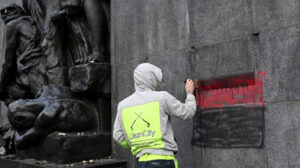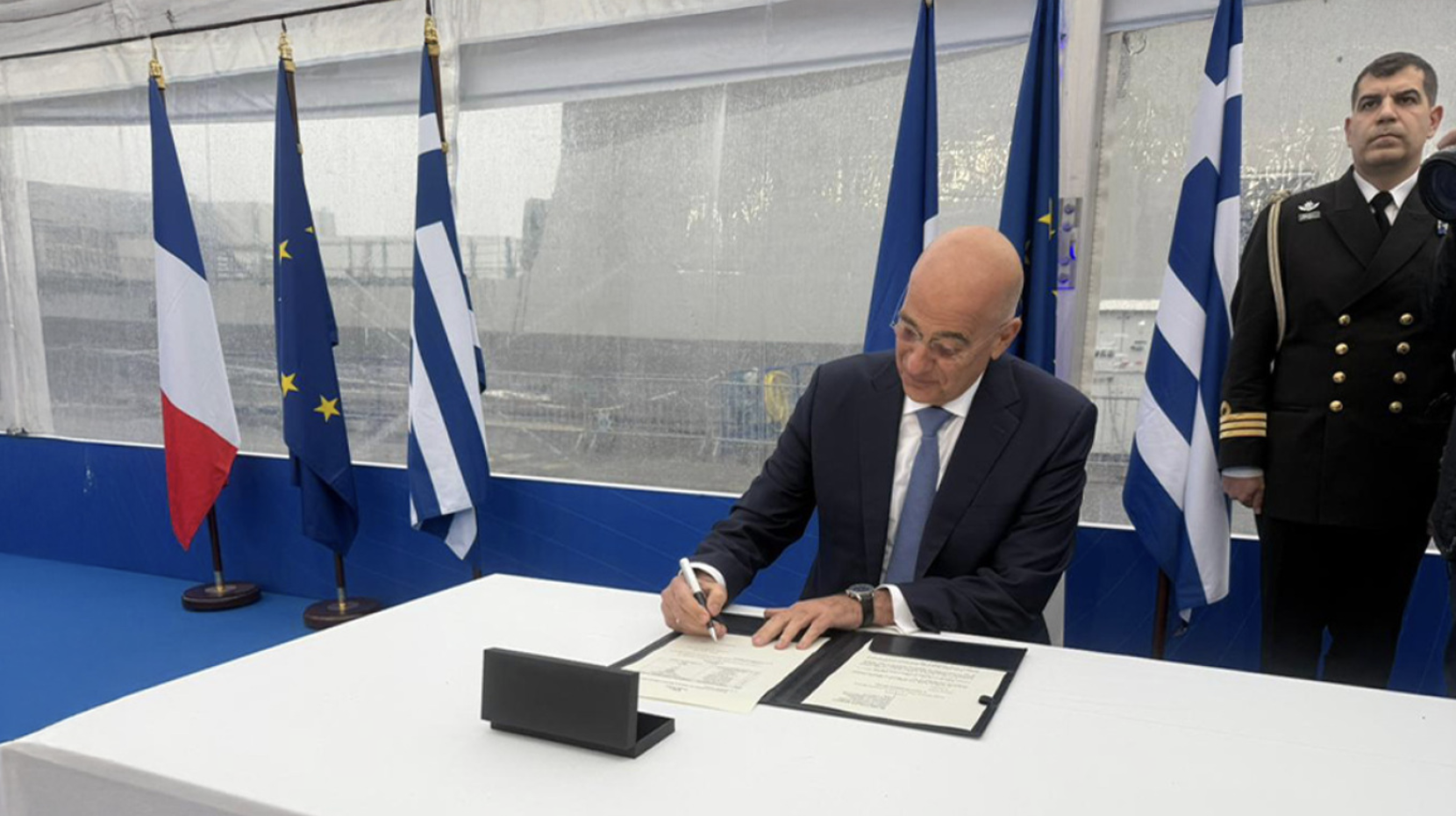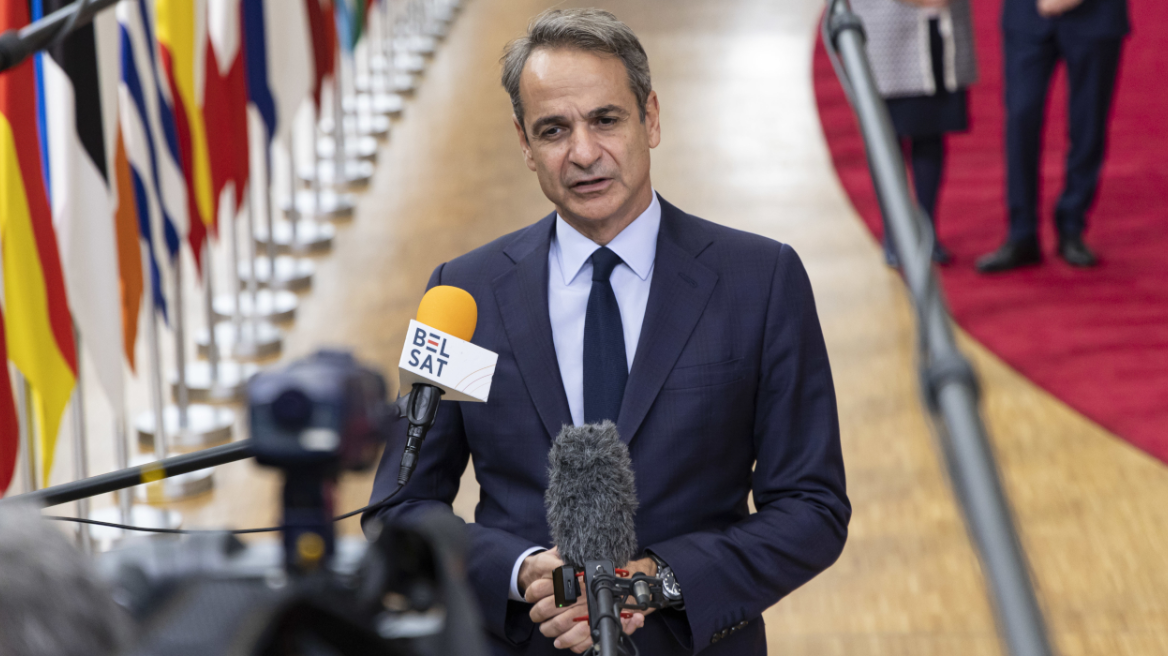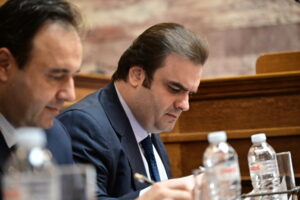The Polish Foreign Ministry today condemned an act of vandalism against the monument to the heroes of the Ghetto Uprising of Barsovia in 1943, vandalism committed by unknown persons, painting the monument with red and black paint.
“Last night, the Warsaw Ghetto memorial was vandalized,” the Israeli ambassador to Poland, Yakov Livne, wrote in a post on X, accompanying his post with a photo of the memorial with the damage it had sustained.
A French News Agency photojournalist saw workers removing paint from this monument located in the former ghetto area, opposite the Museum of the History of Polish Jews, near the center of the Polish capital.
Yesterday evening the Warsaw Ghetto monument was vandalized. I call on Polish authorities to condemn this, find the culprits & bring them to justice. This isn't the first act of Antisemitic vandalism here. Only determined action will put an end to it.
— Amb. Yacov Livne ?? (@YacovLivne) November 15, 2024
?: Adriana Hochmańska/IG pic.twitter.com/4ePzvjIQEa
Livne called on Polish authorities “to condemn this act, find the culprits and bring them to justice.”
The Polish Foreign Ministry immediately condemned “the act of vandalism” committed against the “symbol of the memory of the victims of the Holocaust and the Jewish resistance against German Nazism.”
According to a press release posted on the ministry’s website, “such acts constitute an attack on history and the values that unite us as a society.”
The black and red paint used to paint the monument recalls the colours of the Ukrainian Partisan Army (UPA), which Warsaw accuses of killing some 100,000 civilians in the Polish minority between 1943 and 1945.
However, no organisation has claimed responsibility for the desecration.
The Polish interior minister has announced an “intensive investigation” into the “desecration” of the monument.
A year after the invasion of Poland in 1940, the Nazis sealed off a district of Warsaw and nearly half a million Jews were crammed into three square kilometres in order to exterminate them through starvation and disease and transport more than 300,000 to gas chambers.
The uprising broke out on 19 April 1943. It was the largest and most famous act of Jewish urban resistance against the Nazis in World War II.
Ask me anything
Explore related questions





